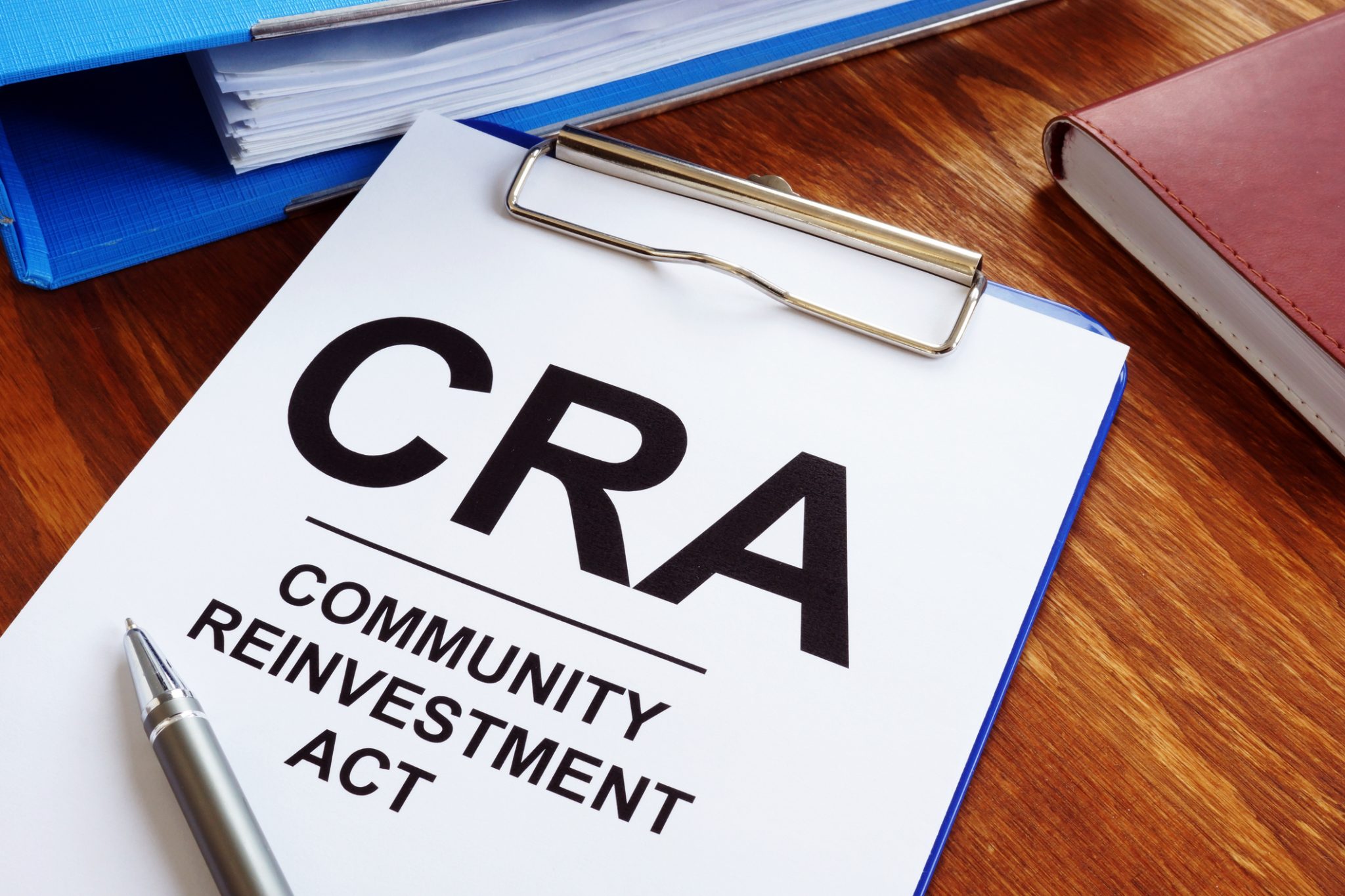The Community Reinvestment Act (CRA) is a federal law that requires banks and other financial institutions to offer financial services to everyone in their community. It also requires them to work with borrowers who are traditionally underserved by the banking industry, such as people of color and low-income families.
The Community Reinvestment Act Examination (CRAE) is a periodic examination that financial institutions must undergo under the CRA to evaluate their compliance with its regulations. The CRAE examines whether or not the bank is meeting its obligations under the law, including setting lending targets for low-income communities within its assessment area(s); using a validated assessment system; working with neighborhoods that have been redlined, and providing credit counseling or other services to low-income individuals or families.
In this blog post, we’ll walk you through the CRA examination process and answer some of your questions about what happens when the Federal Reserve Bank audits a bank or credit union.
What is the Community Reinvestment Act of 1977 (CRA)?
The Community Reinvestment Act of 1977 (CRA) is a law that requires banks to help meet the credit needs of the communities in which they are chartered.The CRA was created to ensure that banks were not denying or restricting access to loans based on race or ethnicity. It also sought to ensure a level playing field for banks when it came to offering mortgages and other financial products.
In 1977, Congress passed the CRA, which requires banks to help meet the credit needs of their communities. Banks are also required to make these loans efficiently and fairly instead of denying them based on race, gender, or income level. They also wanted to ensure a level playing field for banks regarding offering mortgages and other financial products.
The CRA allows regulators to evaluate how well a bank meets its community’s credit needs and take corrective action if needed. A bank must be assessed every year by their regulator using specific criteria such as their lending practices and outreach efforts within their communities.
What is the CRA exam and why is it necessary?
The Community Reinvestment Act requires banks and other financial institutions to help meet the credit needs of their local communities, including low- and moderate-income (LMI) neighborhoods.
It was passed in 1977 as part of a wave of legislation aimed at protecting consumers. The CRA’s goal is to encourage banks to invest in low-income neighborhoods, which can spur economic growth. If a bank doesn’t meet this requirement, it could lose its federal deposit insurance or have its merger plans delayed by regulators.
The CRA exam is a test that banks are required to take every year. The CRA exam helps determine whether banks invest in low- and moderate-income communities as federal law requires. The exam measures the banks’ performance in meeting the credit needs of the communities they serve. If you’re taking the CRA exam, you must understand precisely what you’re being tested on and how to approach each question.
What is measured in the CRA exam?
The CRA exam measures the quality of a bank’s CRA compliance. This process is mandatory for banks that are subject to the CRA, including national banks and credit unions. As part of the examination process, examiners review many aspects of bank operations and performance to determine if they have complied with their obligations under Federal law.
The Community Reinvestment Act (CRA) exam measures whether or not a bank or other financial institution is meeting the credit needs of its entire community, including low- and moderate-income neighborhoods. The exam also ensures that banks are not engaging in discriminatory lending practices.
The CRA examination looks at things like:
- The total number of loans originated by the bank for home mortgages, small business loans, and community development loans
- The percentage of these loans that went to low- and moderate-income neighborhoods or individuals whose incomes are below 80% of the area median income (AMI)
- The percentage of these loans that went to businesses located in low- and moderate-income census tracts
- The overall geographic distribution of these loans by census tract and zip code.
How to prepare for the CRA exam
The Community Reinvestment Act exam is a way for banks to demonstrate their commitment to their communities. It’s also a way for the government to ensure that banks are serving the needs of their communities and not just making money by targeting specific groups.
The CRA exam thoroughly examines your bank’s policies, procedures, and practices—covering everything from lending to community development programs. You’ll have to provide documentation and evidence for every aspect of your business, including:
- Lending and investment practices
- Training programs
- Community development initiatives (e.g., education)
- Fair lending practices (e.g., redlining)
- Compensation practices (e.g., pay discrimination)
We hope this helps shed some light on the Community Reinvestment Act and how it works. If you still need to figure out what’s required to take the exam, or if there are other aspects of the process you wish to learn more about, please contact us today. We’d be happy to answer any questions that you may have.







